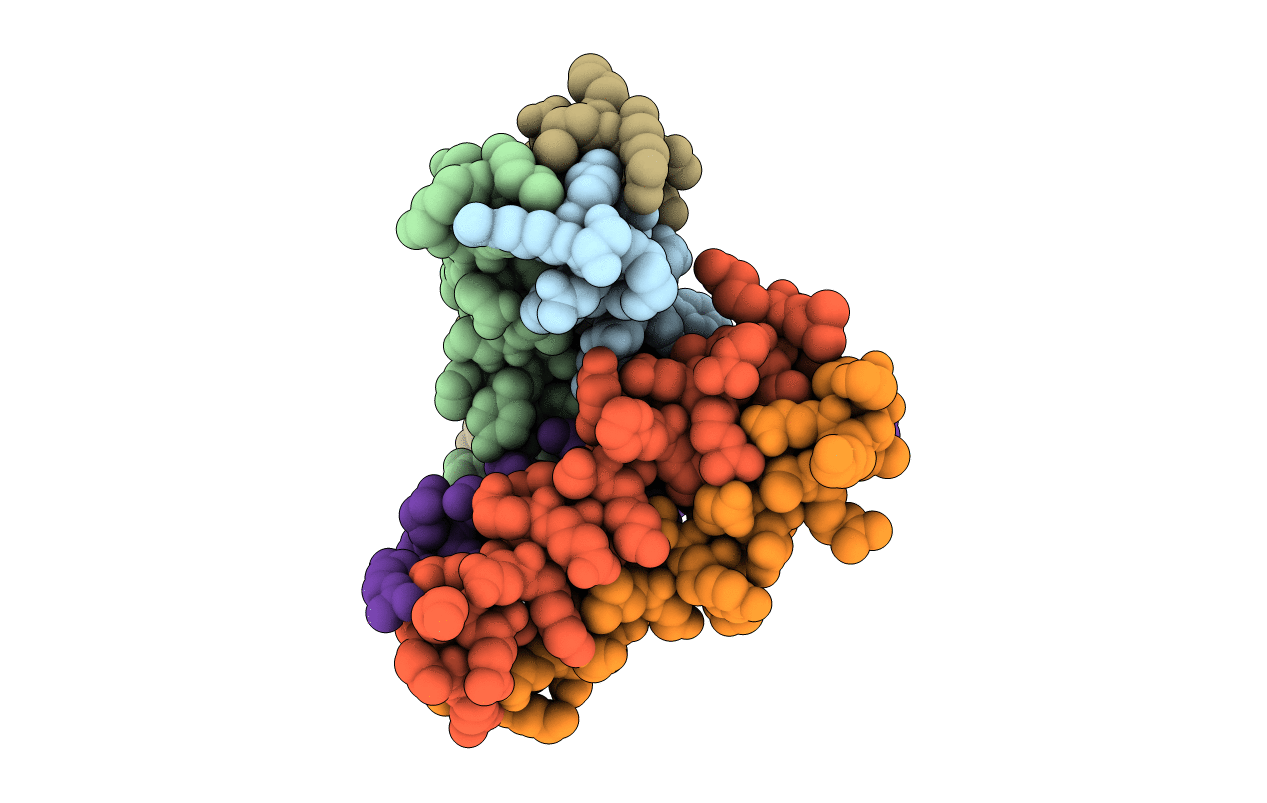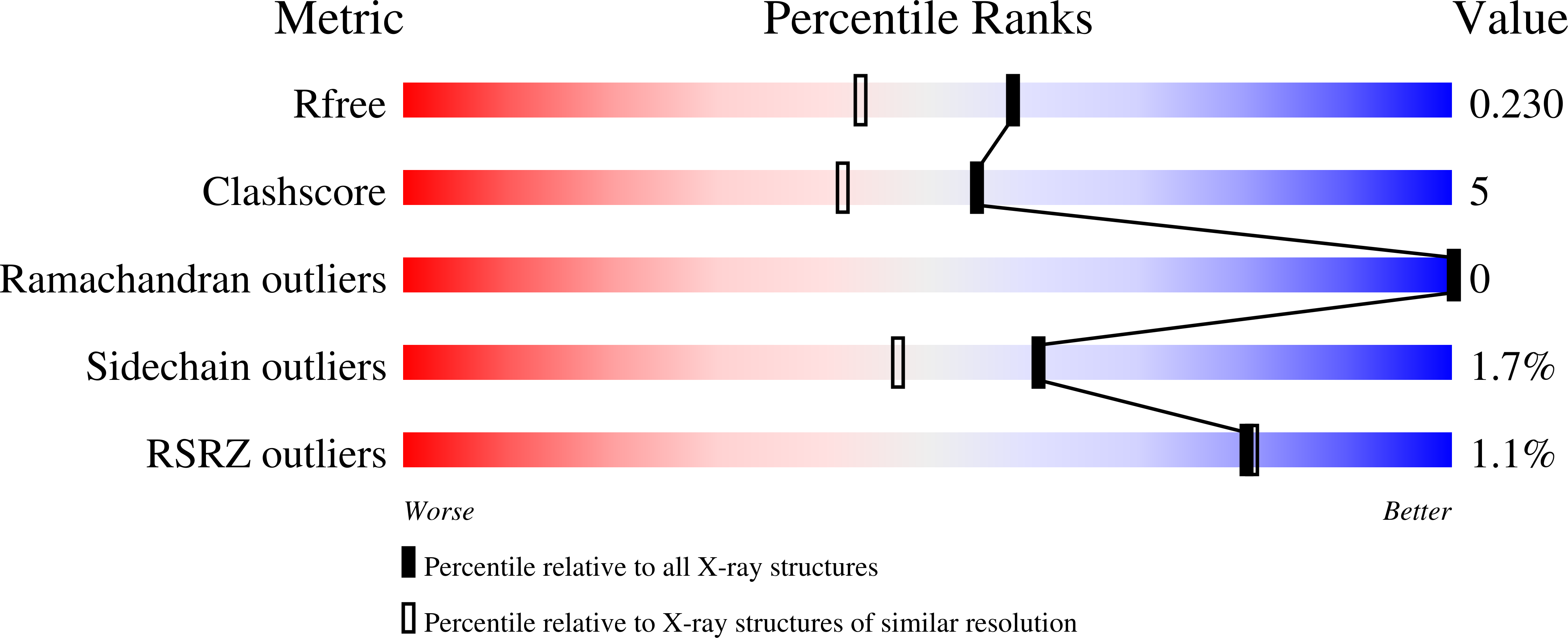
Deposition Date
2006-12-11
Release Date
2007-11-27
Last Version Date
2023-10-25
Entry Detail
PDB ID:
2O7H
Keywords:
Title:
Crystal structure of trimeric coiled coil GCN4 leucine zipper
Biological Source:
Source Organism:
Saccharomyces cerevisiae (Taxon ID: 4932)
Host Organism:
Method Details:
Experimental Method:
Resolution:
1.86 Å
R-Value Free:
0.23
R-Value Work:
0.17
R-Value Observed:
0.18
Space Group:
C 1 2 1


